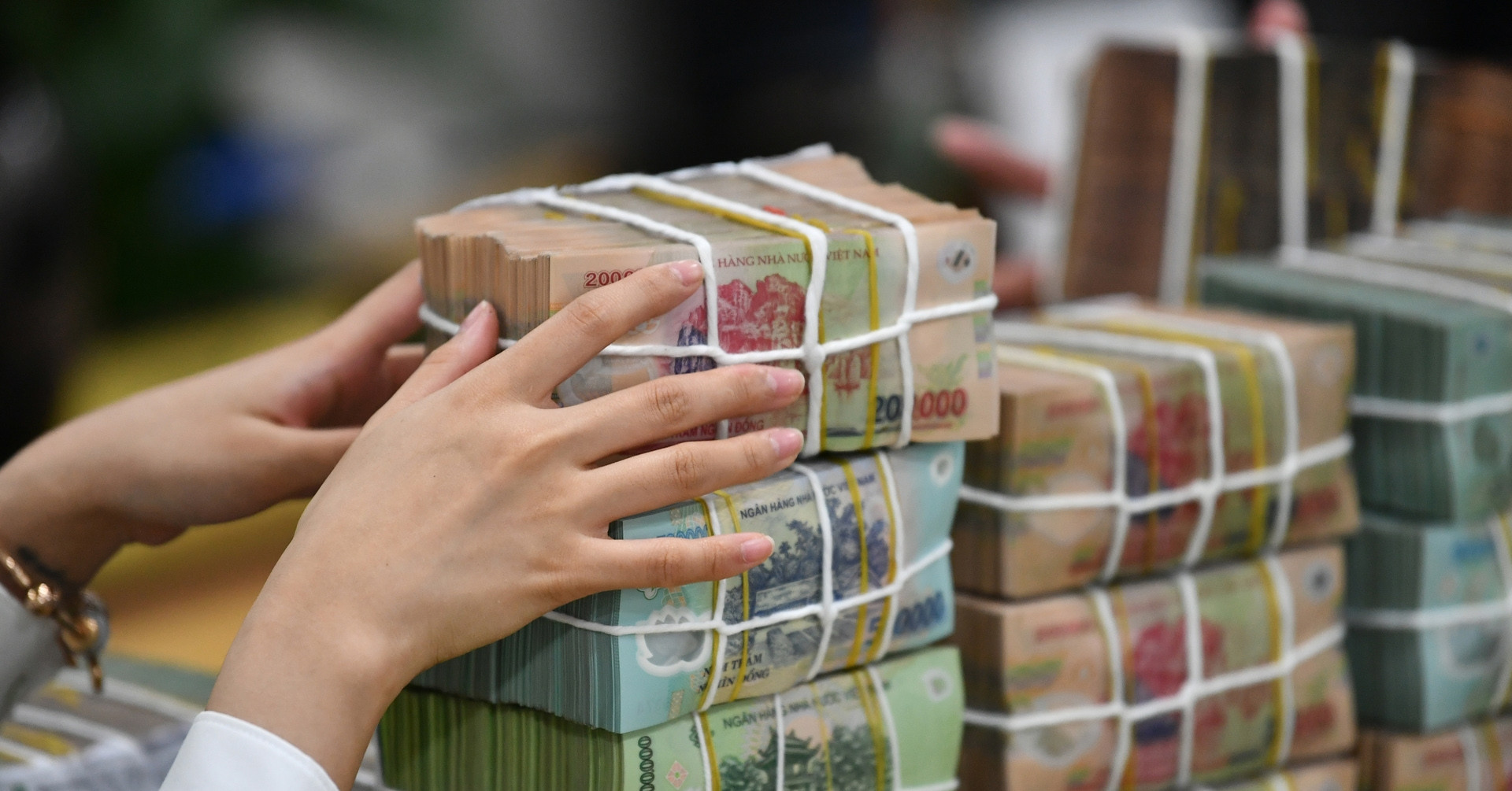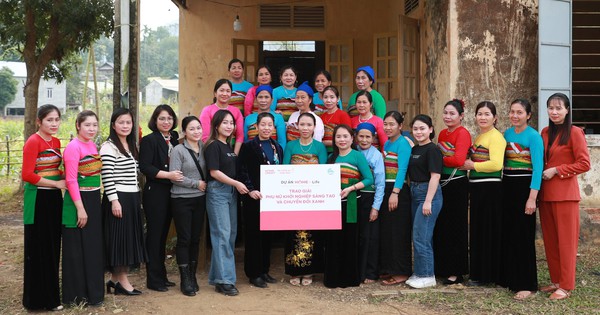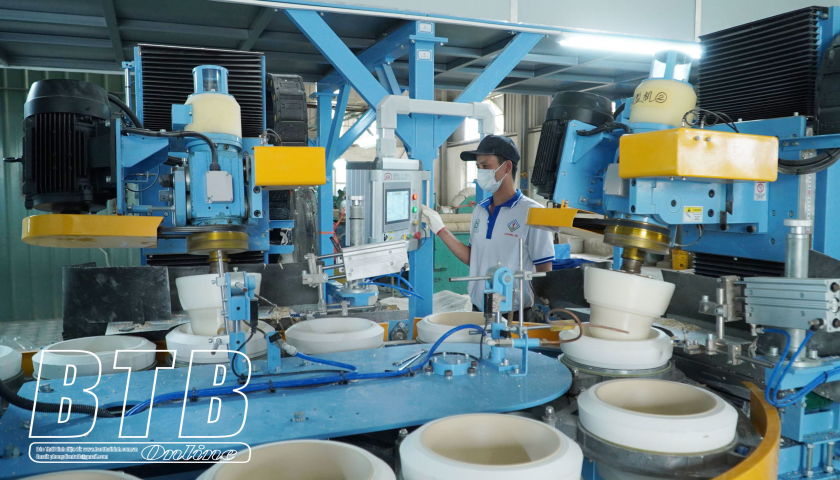Tin Viet Finance Joint Stock Company (VietCredit, code TIN) continued to have a rather negative business quarter. Net interest income in the period decreased by 16% to nearly VND273 billion, but the revenue was not enough to cover expenses, causing the company to lose more than VND1 billion in net service revenue.
The bright spot is that foreign exchange trading activities have improved (from loss to slight profit), generating a profit from securities investment of VND 155 million and other income increasing sharply by 42% to more than VND 17 billion.
The company also sharply increased its credit risk provision to nearly VND207 billion, up 60% over the same period. This caused the company to suffer a net loss of VND62 billion, extending the second consecutive quarter of losses and the largest loss ever.
VietCredit’s leadership explained that the poor results were due to a decrease in net interest income and an increase in provisioning expenses. Although most customers still paid their debts, the company still had to comply with debt classification and provisioning according to the State Bank’s regulations.
In the first 9 months of the year, VietCredit suffered a net loss of more than VND136 billion (in the same period last year, it still made a profit of VND84 billion). Mainly, net interest income decreased by 22%, other income decreased by 14% and credit risk provisioning expenses increased by 19% to more than VND604 billion.
According to the plan for 2023, this financial company aims to increase pre-tax profit by more than 40% to nearly 107 billion VND. With a loss of more than 136 billion VND before tax after 9 months, this business is falling far behind the annual plan.
VietCredit's total assets have now fallen to less than VND6,500 billion. Most of this is customer loans with a balance of VND4,246 billion; in addition, there are VND1,244 billion in deposits at credit institutions and nearly VND650 billion in investment securities.
Regarding capital sources, customer deposits (mainly deposits from domestic economic organizations) and issued valuable papers (certificates of deposit) decreased by 20% and 31% compared to the beginning of the year, down to VND336 billion and VND2,534 billion, respectively. In contrast, deposits and loans from other credit institutions increased sharply by 110% to VND2,687 billion.
| VietCredit's loan quality (billion VND) | End of 2022 | September 2023 |
|---|---|---|
| Total customer loan balance | 4,418 | 4,246 |
| Group 1 debt | 3,391 | 2,920 |
| Group 2 debt | 503 | 457 |
| Group 3 debt | 233 | 298 |
| Group 4 debt | 239 | 538 |
| Group 5 debt | 53 | 33 |
Most notably, VietCredit's bad debt (group 3-5 debt) increased rapidly to over VND868 billion, 65% higher than at the beginning of the year. Of which, substandard debt (group 3 debt) increased by 28% to VND298 billion, group 4 debt (doubtful debt) increased 2.3 times to nearly VND538 billion.
Due to the decrease in outstanding customer loans while bad debts increased, the bad debt ratio accordingly increased sharply from 11.88% in the same period to 20.45% at the end of the third quarter. The bad debt coverage ratio decreased from 53.3% to 48.3%.
VietCredit, formerly known as Cement Finance Joint Stock Company (CFC), was established in 2008 with an initial charter capital of VND 300 billion. The company changed its name to its current one in 2018 and officially entered the consumer finance market. This is one of the few finance companies listed on the stock exchange.
To date, this finance company has a charter capital of over VND701 billion, with the largest shareholder being Vietnam Cement Corporation (Vicem) with a 14.31% ownership ratio of the company's capital. Meanwhile, the remaining capital of 85.41% of shares belongs to 108 other individual shareholders.
The heavy losses in the last two quarters have also caused VietCredit to officially move into a state of accumulated losses of more than 35 billion VND, the last time the business suffered accumulated losses was at the end of 2018.

Source



![[Photo] Speeding up construction of Ring Road 3 and Bien Hoa-Vung Tau Expressway](https://vstatic.vietnam.vn/vietnam/resource/IMAGE/2025/3/31/f1431fbe7d604caba041f84a718ccef7)

![[Photo] 2nd Conference of the Party Executive Committee of Central Party Agencies](https://vstatic.vietnam.vn/vietnam/resource/IMAGE/2025/3/31/8f85b88962b34701ac511682b09b1e0d)
![[Photo] General Secretary To Lam receives US Ambassador to Vietnam Marc E. Knapper](https://vstatic.vietnam.vn/vietnam/resource/IMAGE/2025/3/31/5ee45ded5fd548a685618a0b67c42970)
![[Photo] Prime Minister Pham Minh Chinh receives delegation of leaders of US universities](https://vstatic.vietnam.vn/vietnam/resource/IMAGE/2025/3/31/8be7f6be90624512b385fd1690124eaa)

























































































Comment (0)